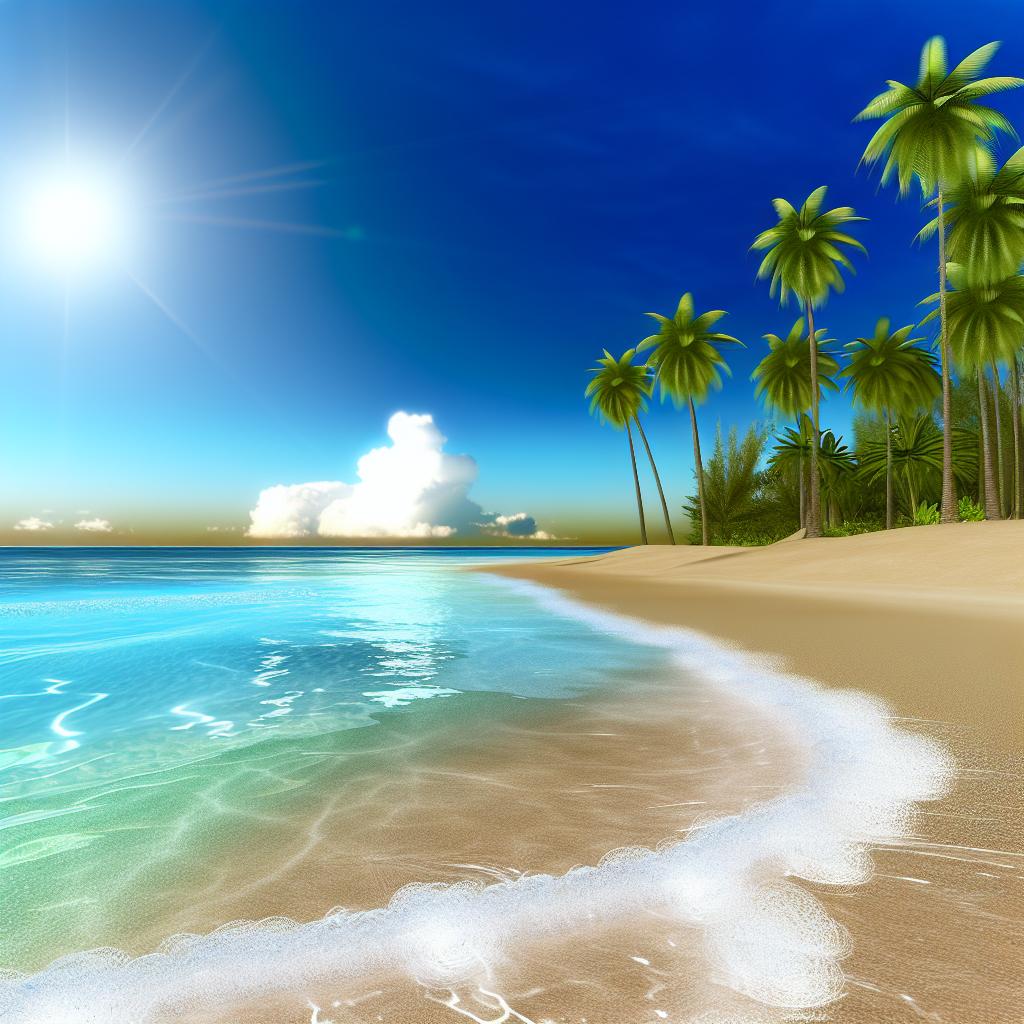Introduction to Corn Island
Located in the heart of the Caribbean Sea, Corn Island is a gem of Nicaragua, consisting of two distinct islands: Big Corn Island and Little Corn Island. These islands are celebrated for their lush greenery and the abundance of palm trees that create an idyllic retreat for those seeking the serenity and beauty of untouched nature.
Unique Ecology and Flora
Corn Island stands out with its vibrant tropical flora, which flourishes due to the island’s favorable climate characterized by steady temperatures and ample rainfall. These conditions foster a variety of indigenous plant species, contributing to the island’s diverse ecological tapestry. The landscape, dominated by majestic palm trees, enhances the scenic charm that attracts both nature enthusiasts and casual visitors alike.
Lush Greeneries
A key feature of both Big Corn and Little Corn Island is the profusion of lush greenery that thrives thanks to the islands’ fertile soil and optimal climate. This verdant setting, comprising numerous species of tropical plants and trees, forms a magnificent green expanse that envelops the island, offering visitors a natural retreat from the hustle and bustle of urban life.
Significance of Palm Trees
Palm trees are not only a visual staple of Corn Island but are crucial to the local environment. These trees offer more than just their exotic appearance; they serve functional roles such as providing shade, contributing to soil stabilization, and supporting local fauna by offering habitat and sustenance. Various palm species, especially the Coconut Palm, are economically indispensable to the island’s residents, being utilized in a multitude of local products and industries.
Conservation Efforts
To preserve the islands’ natural beauty and ecological integrity, numerous conservation efforts are in place. Initiatives focus on preserving native flora while curbing any negative impact on the environment. Sustainable tourism practices and controlled development are key aspects of these efforts, ensuring that Corn Island’s natural resources are sustained and protected for future generations to admire and enjoy.
Explore the Greenery
The islands’ expansive greenery can be explored through various guided tours and nature walks available to visitors. These excursions enable tourists to immerse themselves in the natural environment, providing insights into the island’s unique plant species and ongoing conservation endeavors. Participants not only witness the sublime natural beauty but also gain a deeper appreciation of the sustainable practices in place to protect this ecological paradise.
Cultural and Environmental Significance
Beyond the aesthetic and ecological aspects, Corn Island holds cultural and environmental significance as well. The rich biodiversity and natural landscapes have been central to the cultural heritage and lifestyle of the island’s residents. Traditional practices often encompass the sustainable use of local resources, ensuring a harmonious balance between human activity and environmental preservation. The islands’ commitment to maintaining this balance through ongoing efforts highlights the cultural importance placed on environmental stewardship.
Community Involvement in Conservation
A critical aspect of Corn Island’s conservation success lies in the active involvement of the local community. Residents often participate in sustainable practices and are engaged in initiatives aimed at minimizing environmental footprint. Local organizations and community groups play a pivotal role, working together to educate both locals and visitors on the importance of maintaining the islands’ natural heritage. This proactive approach fosters a sense of communal responsibility toward environmental conservation.
Tourism as a Conservation Driver
Tourism on Corn Island serves not only as a source of economic growth but also as a driving force for conservation. By focusing on eco-tourism principles, the islands attract visitors who are keen to support and engage with sustainable practices. This visitor interest in ecologically responsible tourism has prompted further initiatives to enhance conservation efforts, ensuring that tourism contributes positively to the island’s ecological initiatives. Tourists are encouraged to partake in conservation activities, furthering the impact of eco-tourism on the islands’ natural resource preservation.
Education and Awareness
Education plays a crucial role in Corn Island’s conservation strategy. Initiatives aimed at raising awareness about the island’s unique ecology and the importance of sustainable practices are widespread. Educational programs are often tailored to various audiences, targeting both school-aged children and adults to instill a deep-seated respect and commitment to environmental stewardship. Through workshops, informational excursions, and community events, education reinforces the island’s dedication to maintaining its pristine natural beauty and ecological balance.
Conclusion
In conclusion, Corn Island presents an exceptional opportunity for exploration and appreciation of both its lush greenery and iconic palm trees. Visitors are invited to understand and value the remarkable ecological and botanical components that define these islands. Moreover, by participating in conservation efforts and sustainable tourism practices, visitors can contribute significantly to preserving the unique landscape and ecological wealth of Corn Island for generations to come.

